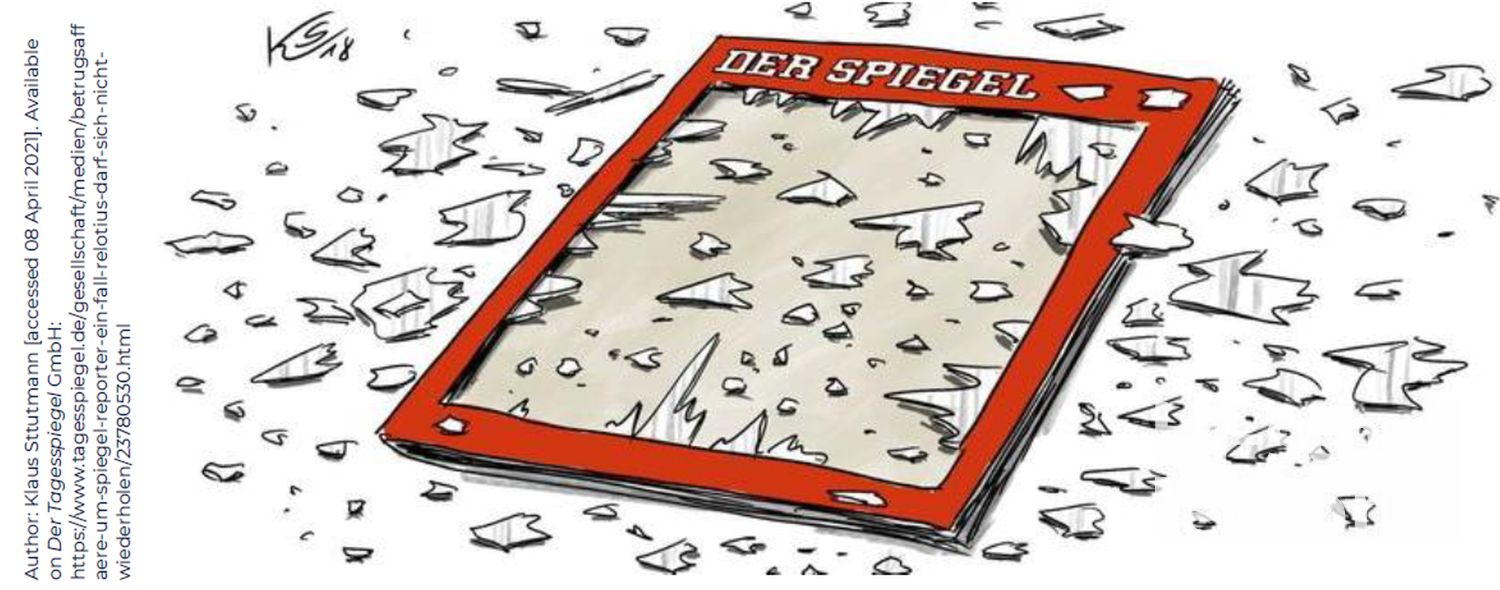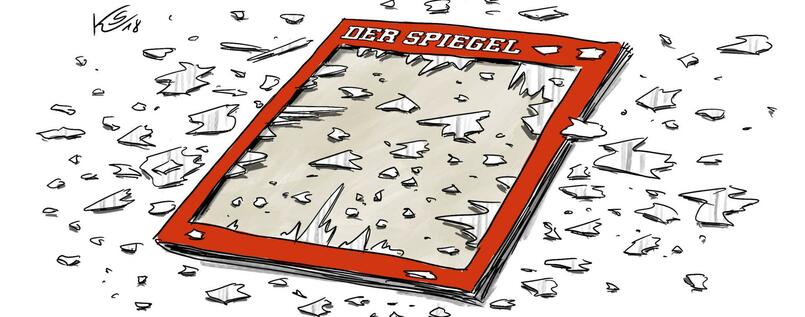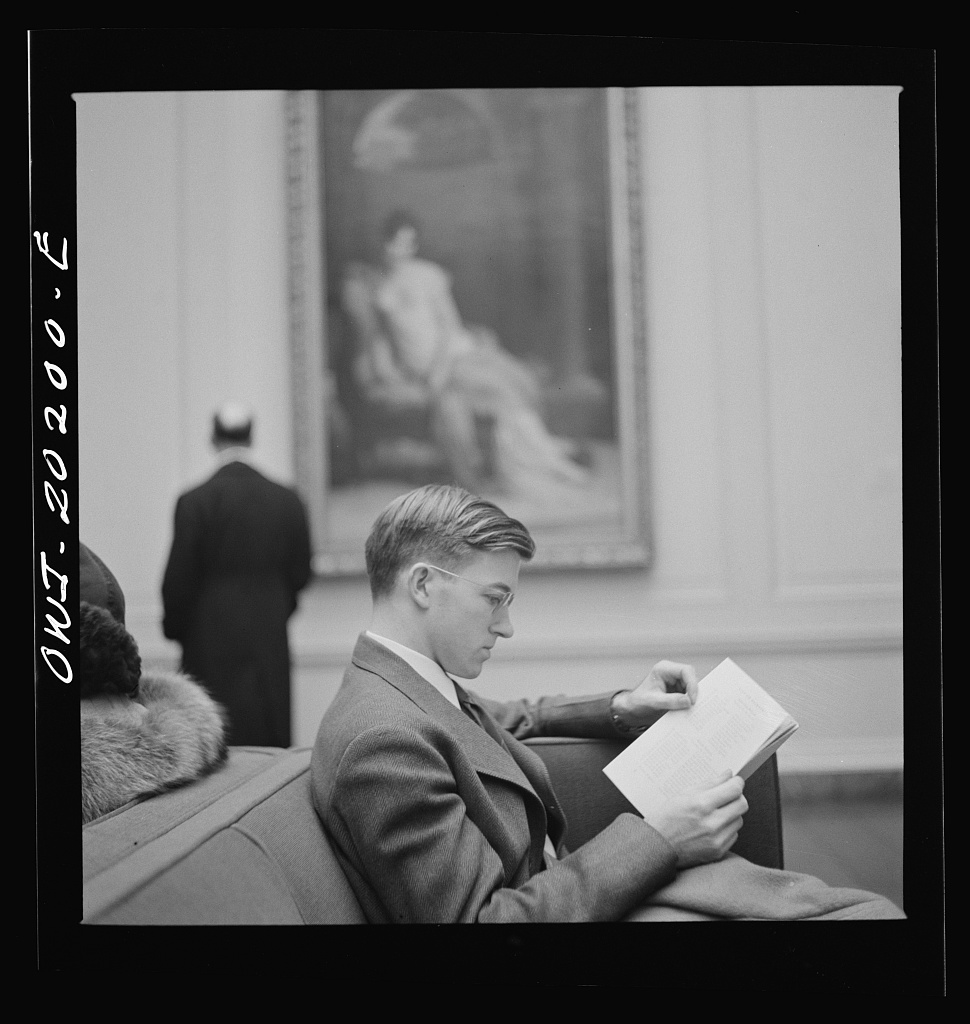It is impossible not to connect to the past one way or another, both individually and collectively, in all aspects of life. This connection might appear in numerous forms, from cursory suggestions to deeply analytical, structured narratives. That is why we have to be alert all the time: can we trust the information on history we get?
Documents of any type (written, visual, audio-visual, etc.) provide important access to an understanding of past and present reality. However, they never literally reflect such reality, but are always biased: their author produces a document from a specific perspective (gender, socio-economic, cultural or political) for a certain target audience with a certain goal in mind. A document therefore not only says something, but also wants to do something – that cannot be found literally in the document. In order to analyse, interpret and understand a document properly, information about its context of origin and author is indispensable. A real document can otherwise lead to disinformation or even to manipulation.
Historically journalists have played a central role in shaping public discourse in democracies. And they do this by framing various current events or those that have happened in the past. Journalists can be neutral intermediaries, or they can interpret the facts in such a way that they deviate from the truth. Especially in the age of virtual reality and user-generated content in interaction with audiences, the difference in reporting is made by transparency and the verification of facts.





